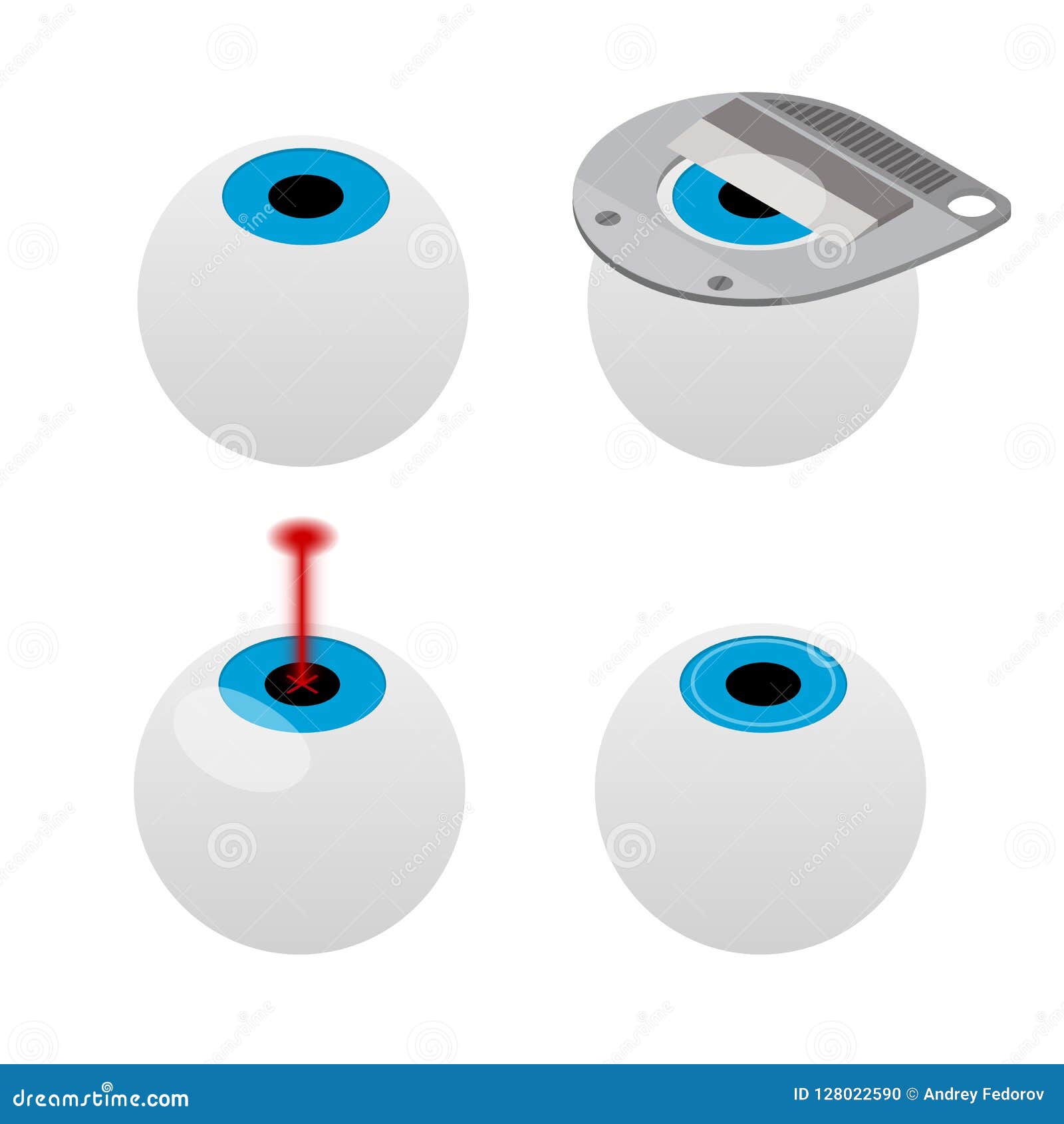What Are The Distinctions And Similarities Between SMILE Eye Surgical Procedure And LASIK And PRK?
What Are The Distinctions And Similarities Between SMILE Eye Surgical Procedure And LASIK And PRK?
Blog Article
Uploaded By-Ryberg Tang
If you have actually been considering SMILE eye surgical treatment, you may question just how it stacks up against LASIK and PRK. Each procedure has its very own set of advantages and factors to consider. From quicker healing times to prospective risks, there are vital differences you need to recognize prior to choosing. Recognizing these differences will assist you make an educated selection that lines up with your particular demands and expectations. Interested to know even more regarding exactly how these treatments contrast in detail? Continue discovering to get a thorough understanding of SMILE, LASIK, and PRK.
SMILE Eye Surgery Overview
If you're considering SMILE eye surgery, you'll locate it to be a minimally invasive treatment with a quick recuperation time. During SMILE (Small Cut Lenticule Removal), a laser is utilized to create a tiny, precise cut in the cornea to eliminate a little piece of tissue, improving it to remedy your vision. This varies from LASIK, where a flap is created, and PRK, where the outer layer of the cornea is totally removed.
One of the essential benefits of SMILE is its minimally intrusive nature, resulting in a faster recovery process and much less pain post-surgery. The recuperation time for SMILE is reasonably fast, with numerous people experiencing boosted vision within a day or two. This makes it a prominent choice for those looking for a hassle-free and reliable vision correction treatment. In Suggested Web page , SMILE has been shown to have a lower risk of dry eye syndrome compared to LASIK, making it a desirable alternative for individuals concerned about this possible adverse effects.
Differences Between SMILE, LASIK, and PRK
When comparing SMILE, LASIK, and PRK eye surgical treatments, it is necessary to recognize the distinctive techniques utilized in each treatment for vision correction.
SMILE (Small Incision Lenticule Removal) is a minimally intrusive treatment that includes producing a little incision to extract a lenticule from the cornea, improving it to correct vision.
Top Lv Nevada Doctor (Laser-Assisted In Situ Keratomileusis) entails developing a thin flap on the cornea, making use of a laser to reshape the underlying tissue, and after that repositioning the flap.
navigate to this web-site (Photorefractive Keratectomy) eliminates the external layer of the cornea before reshaping the cells with a laser.
The main difference depends on the way the cornea is accessed and dealt with. SMILE is flapless, making it an excellent choice for individuals with thin corneas or those involved in contact sports. mouse click the next page to the flap creation, yet it may posture a higher threat of flap-related complications. PRK, although having a longer recovery period, stays clear of flap-related problems completely.
Understanding these differences is critical in picking the most appropriate procedure for your vision adjustment requirements.
Benefits And Drawbacks Contrast
To examine the benefits and disadvantages of SMILE, LASIK, and PRK eye surgeries, it's vital to consider the certain advantages and prospective constraints of each treatment. SMILE surgery provides the advantage of a minimally intrusive procedure, with a smaller sized cut and potentially quicker recovery time contrasted to LASIK and PRK. It additionally decreases the threat of dry eye post-surgery, an usual side effect of LASIK. Nevertheless, SMILE may have limitations in treating greater degrees of nearsightedness or astigmatism contrasted to LASIK.
LASIK surgical procedure offers quick aesthetic healing and very little pain throughout the procedure. It's very efficient in dealing with a wide variety of refractive errors, including myopia, hyperopia, and astigmatism. Yet, LASIK carries a danger of flap issues, which can affect the corneal structure.
PRK eye surgical treatment, while not as popular as LASIK, stays clear of developing a corneal flap, reducing the risk of flap-related difficulties. It appropriates for people with thin corneas or uneven corneal surfaces. However, PRK has a much longer recuperation time and might involve much more discomfort throughout the healing process.
Conclusion
So, when it concerns selecting between SMILE, LASIK, and PRK, consider it like selecting the perfect pair of shoes. SMILE resembles a streamlined, comfy set of tennis shoes - quick and easy.
LASIK is extra like fashionable high heels - fancy and quickly, yet with some potential dangers.
PRK resembles sturdy treking boots - trusted and sturdy, but requiring a bit even more effort and time.
Inevitably, the best selection relies on your individual demands and preferences.
